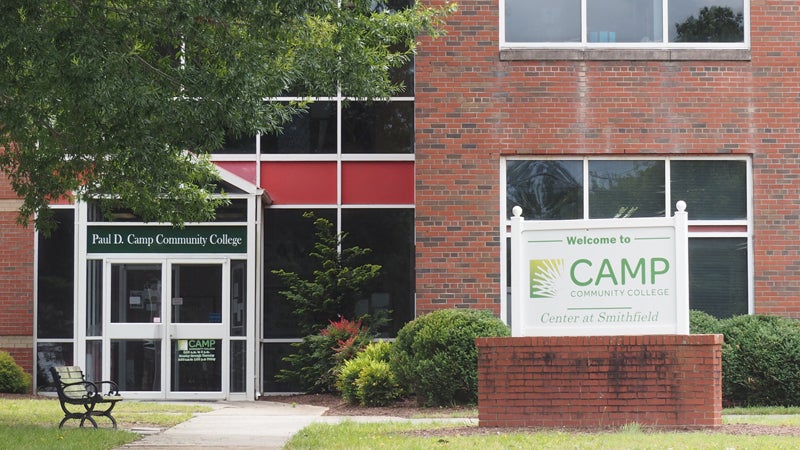Redistricting law adds 189 county residents
Published 5:52 pm Tuesday, October 5, 2021
The 2020 Census lists Isle of Wight County’s total population at 38,606, but a new state redistricting law requiring prisoners to be counted as residents of their home localities — not where they’re currently incarcerated — has added another 189 people to that figure.
As a result, a proposed reconfiguration of the county’s five voting districts based on the latest census data, which the county’s seven-member redistricting task force discussed at its Sept. 29 meeting, no longer includes a majority-minority Hardy District.
Per federal and state constitutional requirements, the redrawn districts must be more or less equal in population, be contiguous, compact and not discriminate based on race. With the 189 prisoners factored in, the ideal total population per district rises from 7,721 to 7,759.
The least populated district is allowed to deviate up to 5% from the most populated district, meaning each can go up to 2.5% above or below the ideal 7,759 figure.
Per the federal Voting Rights Act, there must also be at least one minority-majority district based on the ratio of white residents to people of color and whether majority voters consistently vote to defeat minority candidates.
Isle of Wight’s 2021 redistricting task force had previously discussed five options on Sept. 20 for redrawing the districts based on the 38,606 total, and was able to work with county staff to modify one of the five options — designated Map No. 1 — to maintain a minority population of just over 50% in the county’s Hardy District, listed on the map as “D3.” But the addition of the 189 prisoners has caused that percentage to fall to 49.78%.
Based on national statistics on the number of Black versus white people incarcerated, “there are going to be a significant number of minorities in that count,” said County Attorney Bobby Jones, but the state hasn’t provided a breakdown of the 189 prisoners by race.
So, at present, they’re all being counted as if they were white.
Another issue with Map No. 1 was its Newport District configuration, which did not include the address of newly-appointed Newport District School Board member Renee Dial — meaning if the map were to be adopted, she would be ineligible to stand for election.
An altered version of Map No. 1 — designated Map 1A — swaps census blocks in the Eagle Harbor area of Carrollton to place Dial back into the Newport District, but still leaves Hardy’s minority population at 49.79%.
The fifth map option discussed Sept. 20, which task force member Dale Baugh proposed, would have split the town of Windsor into two districts but kept the Hardy District more compact and out of the Carrollton area. Task force member Thomas Finderson proposed an altered version of Baugh’s map Sept. 29 that he said could achieve a minority population at or above 50% in the Hardy District, and asked to schedule time with Finch to see if his idea would work with the 189 prisoners factored in.
Task force chairman Caleb Kitchen proposed his own map Sept. 29 that would stretch the Newport District all the way across the county’s James River shoreline from its border with the city of Suffolk to its border with Surry County, and would keep the town of Windsor in one district. But it would result in a 49.44% minority Hardy District and a higher deviation than allowed between the most and least populated districts.
The task force has scheduled its next meeting for Oct. 6 at 6:30 p.m., at which time Kitchen and Finderson plan to present adjusted versions of their maps factoring in the 189 prisoners, and further consider Map 1A.





